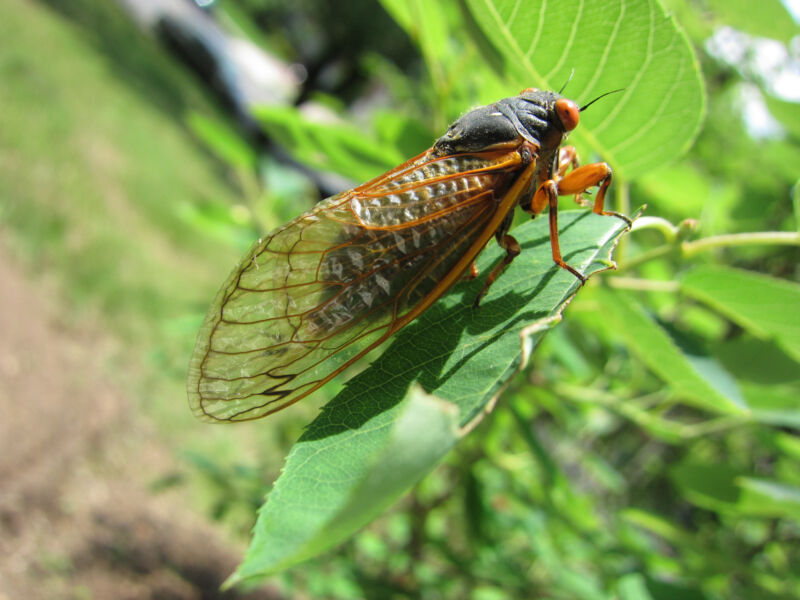-
 chevron_right
chevron_right
Roar of cicadas was so loud, it was picked up by fiber-optic cables
news.movim.eu / ArsTechnica · Saturday, 2 December - 11:10

Enlarge / BUZZ BUZZ BUZZ BUZZ (credit: astrida via Getty Images )
One of the world’s most peculiar test beds stretches above Princeton, New Jersey. It’s a fiber optic cable strung between three utility poles that then runs underground before feeding into an “interrogator.” This device fires a laser through the cable and analyzes the light that bounces back. It can pick up tiny perturbations in that light caused by seismic activity or even loud sounds, like from a passing ambulance. It’s a newfangled technique known as distributed acoustic sensing, or DAS.
Because DAS can track seismicity, other scientists are increasingly using it to monitor earthquakes and volcanic activity . (A buried system is so sensitive, in fact, that it can detect people walking and driving above .) But the scientists in Princeton just stumbled upon a rather … noisier use of the technology. In the spring of 2021, Sarper Ozharar—a physicist at NEC Laboratories, which operates the Princeton test bed—noticed a strange signal in the DAS data . “We realized there were some weird things happening,” says Ozharar. “Something that shouldn’t be there. There was a distinct frequency buzzing everywhere.”
